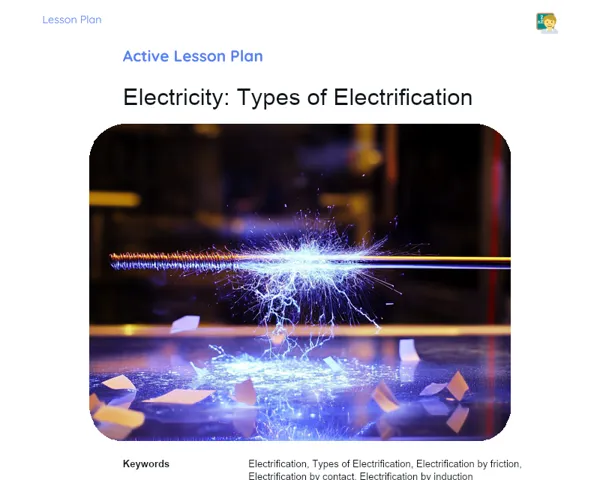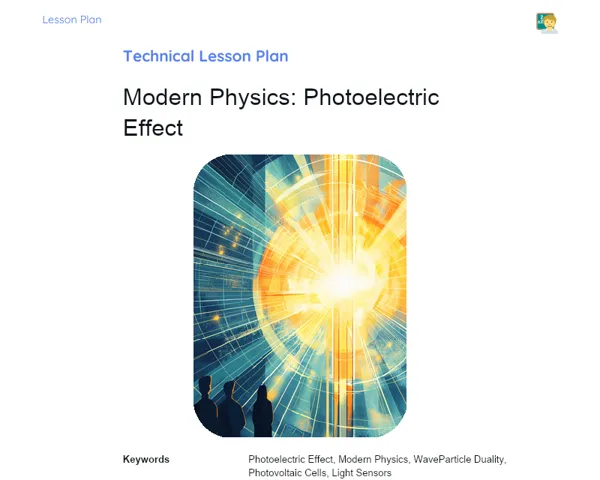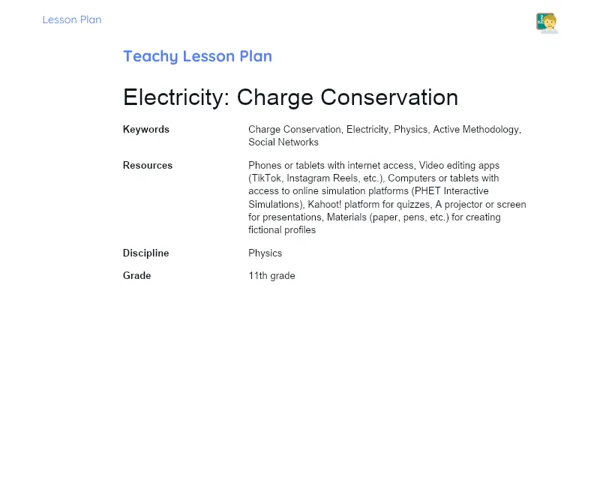Lesson Plan Teknis | Convex and Concave Mirrors: Image Formation
| Palavras Chave | Concave Mirrors, Convex Mirrors, Image Formation, Optics, Practical Applications, Telescopes, Vehicle Mirrors, Optical Engineering, Product Design, Experimental Activities, Technical Challenges, Job Market |
| Materiais Necessários | Video (2-3 minutes) about applications of concave and convex mirrors, Cardboard, Aluminum foil, Scissors, Glue, Markers, Phone flashlight, Small objects for observation |
Objective
Duration: 10 to 15 minutes
The aim of this stage is to provide a clear and precise understanding of concave and convex mirrors, as well as the characteristics of the images they produce. This knowledge is essential for developing practical skills that students will use in experimental activities and in everyday problem-solving, preparing them for challenges and opportunities in the local job market.
Objective Utama:
1. Understand what concave and convex mirrors are.
2. Identify the characteristics of images formed by concave and convex mirrors.
Objective Sampingan:
- Connect the functioning of mirrors to practical applications within the job market.
Introduction
Duration: 10 to 15 minutes
The intention of this stage is to provide clarity on concave and convex mirrors, along with the characteristics of the images they create. This foundational knowledge is crucial for cultivating practical skills that can be employed in experimental tasks and problem-solving scenarios, effectively preparing students for the technical challenges they may encounter in the workplace.
Curiosities and Market Connection
Concave mirrors are commonly used in telescopes to observe faraway stars and planets, while convex mirrors are frequently seen in vehicle side mirrors, giving drivers a wider view of their surroundings. In the job market, optical engineers and product designers leverage mirror principles to design devices such as cameras, security systems, and medical equipment.
Contextualization
Concave and convex mirrors are fundamental components of optics that we encounter daily. From hand-held makeup mirrors to large telescopes, these mirrors help us form images with varying characteristics. Understanding how they function is key to grasping visual phenomena and developing technologies that enhance daily life.
Initial Activity
Show a short video (2-3 minutes) illustrating different uses of concave and convex mirrors, such as in telescopes, cameras, and car mirrors. Then, pose this thought-provoking question: 'How do you think the type of mirror used in a telescope affects the quality of the images it captures?'
Development
Duration: 40 to 45 minutes
This stage aims to ensure students grasp the concepts of concave and convex mirrors through practical and reflective activities. This preparation enables them to apply their knowledge in technical challenges and job market scenarios, enhancing their analytical, construction, and problem-solving skills.
Topics
1. Definition of concave and convex mirrors.
2. Image formation by concave mirrors.
3. Image formation by convex mirrors.
4. Characteristics of the images formed (size, orientation, nature).
5. Practical applications within the job market.
Thoughts on the Subject
Encourage students to consider how their understanding of concave and convex mirrors can lead to innovations in the technologies and devices we use daily. Discuss how these advancements affect our lives and how professionals apply this knowledge in their roles.
Mini Challenge
Build a Mirror Model
Students will be split into groups, and each group will create a model of a concave or convex mirror using basic materials like cardboard, aluminum foil, and markers. They will demonstrate image formation using a light source (like a phone flashlight) and small objects.
1. Divide the class into groups of 4 to 5 students.
2. Provide materials (cardboard, aluminum foil, scissors, glue, markers) to each group.
3. Guide students to construct a concave or convex surface using the cardboard, covering it with aluminum foil.
4. Instruct them to use a phone flashlight as the light source and position small objects before the mirror to observe image formation.
5. Encourage students to note the characteristics of the images formed (size, orientation, and nature).
6. Have each group prepare a brief presentation of their observations and conclusions.
The aim of this activity is to give students hands-on experience with image formation by concave and convex mirrors, honing their observational, analytical, and presentation skills.
**Duration: 30 to 35 minutes
Evaluation Exercises
1. Draw the ray diagram for a concave mirror when an object is placed between the focus and the vertex. Describe the formed image.
2. Explain how the image formed by a convex mirror changes as the object approaches the mirror.
3. Research and describe two applications of concave mirrors and two applications of convex mirrors across different sectors.
4. Solve a problem where a 5 cm object is placed 10 cm from a concave mirror with a curvature radius of 15 cm. Determine the image's position and size.
Conclusion
Duration: 10 to 15 minutes
This stage is aimed at consolidating student learning, reinforcing the main concepts discussed while reflecting on practical activities conducted. It also seeks to bridge theoretical knowledge with its practical and market applications, preparing students to employ these skills in real-life and professional situations.
Discussion
Encourage a group discussion regarding the topics covered in the lesson. Ask students how the practical activities helped deepen their understanding of the theoretical concepts surrounding concave and convex mirrors. Foster sharing of observations and insights on image formation and its applicability in the working world. Highlight the importance of critical reflection on the challenges and exercises undertaken and their relation to real-life contexts.
Summary
Summarize the key points discussed, focusing on the definitions and characteristics of concave and convex mirrors, alongside the image formation process. Remind students of the practical activities they undertook, such as building mirror models and observing image formation, stressing the conclusions drawn from these experiences.
Closing
Explain how the lesson successfully tied theory to practice and real-world applications, showcasing the relevance of acquired knowledge for daily living and career paths. Emphasize the significance of understanding the optical principles behind mirrors for technology development in various industries. Conclude by highlighting that grasping these concepts can lead to career opportunities in fields such as optical engineering, product design, and other technical areas.



